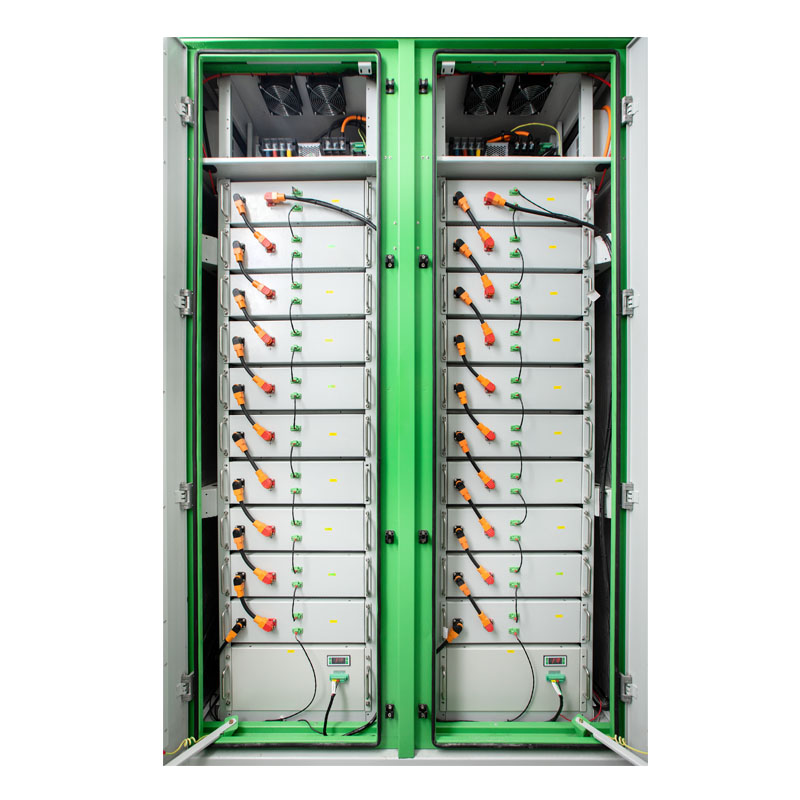
Aug . 01, 2024 10:16 Back to list
Exploring Opportunities and Strategies in Energy Storage Solutions for Global Export Markets and Innovation
Exploring Energy Storage Solutions The Grand Challenge for Exporters
As the world increasingly shifts towards renewable energy sources, energy storage has emerged as a pivotal component in ensuring energy reliability and security. The Energy Storage Grand Challenge aims to accelerate the development and deployment of innovative energy storage solutions, presenting both opportunities and challenges for exporters in the field. This initiative is not just about advancing technology; it is about creating a sustainable energy future.
Energy storage technologies are designed to capture energy produced at one time for use at a later time. With the growing penetration of intermittent renewable resources—such as solar and wind—there is an urgent need for efficient storage solutions that can mitigate supply-demand imbalances. The Energy Storage Grand Challenge addresses this need by focusing on the research, development, and demonstration of advanced storage technologies, with an emphasis on integration into the U.S. energy grid and beyond.
Exploring Energy Storage Solutions The Grand Challenge for Exporters
One of the most promising areas for exporters is the development of next-generation battery technologies. Traditional lithium-ion batteries, while effective, are facing challenges related to resource scarcity, recycling, and safety concerns. Exporters are encouraged to explore alternative materials, such as solid-state batteries and flow batteries, which can potentially offer higher density, safety, and durability. By innovating in this space, they can position themselves as leaders in the energy storage market.
energy storage grand challenge exporters

Furthermore, the integration of storage solutions with digital technologies presents another avenue for exporters. The rise of smart grids, Internet of Things (IoT), and artificial intelligence in energy management allows for better monitoring and optimization of energy systems. Exporters adept in technology can develop systems that not only provide storage but also enhance the overall efficiency of energy distribution—making them highly attractive to international buyers.
However, navigating the complexities of global energy markets poses several challenges for exporters. Regulatory environments vary significantly around the world, and understanding these frameworks is essential for compliance and market entry. Additionally, there is the issue of competition, as many countries are cultivating their own domestic energy storage industries. To succeed, exporters must be agile, continuously innovate, and build partnerships that can enhance their competitiveness.
Moreover, fostering public-private partnerships is crucial for scaling up energy storage solutions. Governments can play a significant role in funding research and development projects, creating incentives for adopting storage technologies, and establishing standards for safety and efficiency. Exporters should engage with both private entities and governmental organizations to create collaborative strategies that drive mutual benefits.
In conclusion, the Energy Storage Grand Challenge is a vital initiative that presents a wealth of opportunities for exporters in the energy storage sector. By focusing on innovative technologies, leveraging digital advances, and navigating the complexities of global markets, exporters can play a significant role in shaping the future of energy. With a concerted effort towards collaboration and innovation, the vision of a sustainable and reliable energy landscape can be realized—making it a win-win for economies around the world.
-
High-Efficiency Microinverter Solutions Top Microinverter Suppliers & Exporters
NewsJul.08,2025
-
Top Energy Storage Companies Leading Utility Scale & Long Duration Solutions
NewsJul.08,2025
-
Charge Point Charger - Reliable Charging Solutions for EVs Leading Charge Point Charger Company & Exporters
NewsJul.07,2025
-
Types of Battery Energy Storage Systems - Leading Products & Exporters Company
NewsJul.07,2025
-
AC or DC Power Supply in Home Trusted Google Home Power Supply Voltage Manufacturers
NewsJul.07,2025
-
High-Performance Portable Power Station 220V – Reliable Energy Solutions for Outdoors & Emergencies
NewsJul.06,2025























